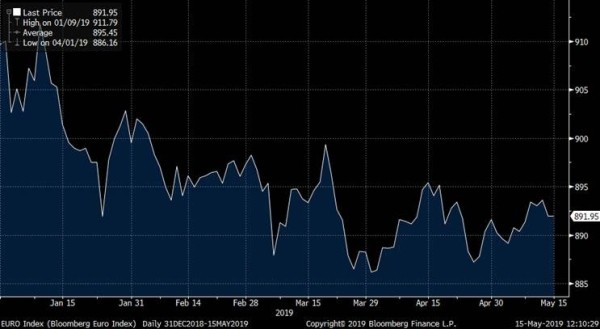Fidelity: Rapid reopening drives inflation higher
Fidelity: Rapid reopening drives inflation higher

The US consumer price index (CPI) rose by 4.2 per cent year on year in April, the highest jump since 2008. Although some of this can be explained by positive base effects and rising energy prices, the core index that excludes food and energy still expanded by 3 per cent on the year before.
Goods inflation soars, but watch out for services
This week’s Chart Room looks at the rapid rise in the prices of both goods and services in April. Categories linked to the reopening of the economy as the pandemic subsides recorded particularly strong growth. Core goods prices rose by 4.4 per cent year on year in April, driven by the prices of used cars and trucks which expanded by 21 per cent. Core services inflation also rose to 2.5 per cent year on year, supported by hotels and airfares.
Increases in the price of goods are likely to be more transient as supply chain issues fade. We think that the key area to watch is services inflation, which had been falling up until March.

Although there was deflation in both goods and services in spring 2020, the price of goods swiftly recovered as people shopped online and supply chain and capacity constraints pushed up raw material prices. Last December, goods inflation eclipsed that of services for the first time since 2011. Although goods inflation remains notably higher, services inflation now seems to have turned a corner.
Services rebound should be sustained
We expect services inflation to be less volatile and more sustained as record levels of personal savings and the reopening of the economy mean households can spend on holidays and eating out. This should result in a more sustained increase in prices than the concentrated burst in goods inflation. Strong house purchase prices should also support rental prices, which make up about half of core services CPI.
Core services in turn account for 59 per cent of CPI. That is a far higher proportion than core goods, which only make up a fifth of the inflation basket. This means that any further rise in services inflation could have meaningful implications for overall US price levels in the months ahead.




